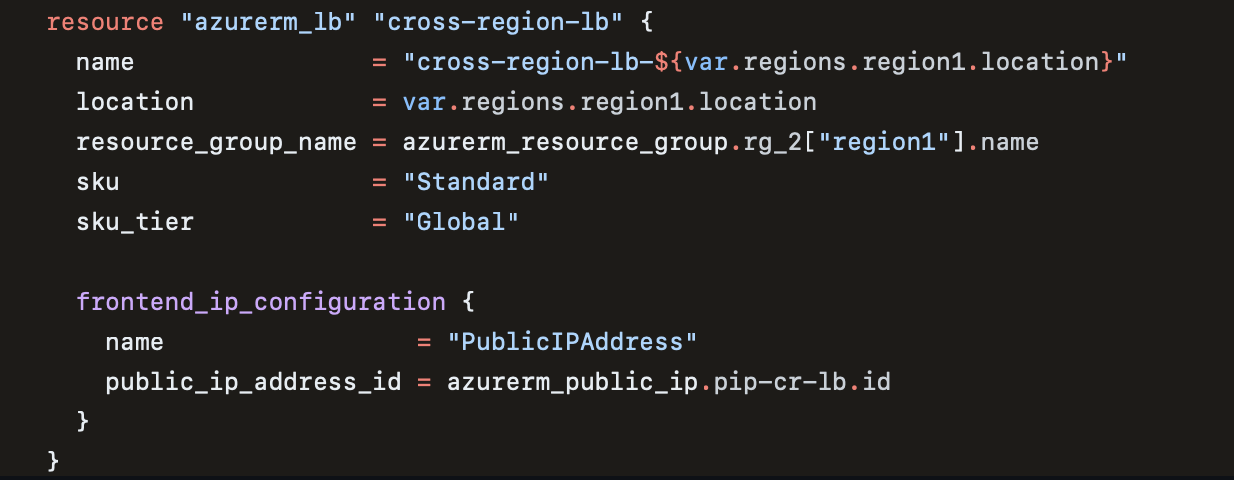Introducing Cross Regional Load Balancer
Date published:
Introducing Cross Regional Load Balancer
In this post, we will introduce the concept of Cross Regional Load Balancing in Azure. We will explore its benefits, discuss why you should use it, and provide a step-by-step guide on how to set it up in your Azure environment. Additionally, we will showcase a demo environment to help you understand how it works in practice.
What is Cross Regional Load Balancing?
Cross Regional Load Balancing is a powerful feature in Azure that allows you to distribute traffic evenly across multiple regions. By doing so, it improves the responsiveness and user experience of your application. This feature also enhances availability by automatically routing traffic to the closest available region in case of a failure.
Features of Cross Regional Load Balancing:
- You will get a static globally anycast IP address. This means you can easily add or remove regional deployments without disrupting your services.
- By deploying a Cross-Regional Load Balancer on top of existing regional deployments, you achieve region redundancy.
- The load balancer uses geo-proximity to make routing decisions.
Setting Up Cross Regional Load Balancing
To set up Cross Regional Load Balancing in your Azure environment, follow these steps:
You can get the code from the Click Here
- Resource Groups in 2 Regions.
- An Azure Key Vault with a Secret that’s used as the VM Admin Password.
- 2 Virtual Machines in 2 Regions with IIS installed, and a PowerShell script that sets the IIS page to the VM hostname (so we can confirm where the Load Balancer is sending us to).
- NICs for the VMs.
- VNets, Subnets, and NSGs – note that Standard SKU Load Balancers are secure by default, so they require an NSG to allow inbound access.
- Standard SKU Public IP Addresses in 2 Regions.
- Standard SKU Regional Load Balancers in 2 Regions.
- A Cross-Region (Global Load Balancer) that balances traffic across the 2 Regional Load Balancers.
Once deployed, the load balancer should look like this:

After deployment, the load balancer should look like this. Each Regional Load Balancer has a Public IP and a DNS Label. You can use the Cross-Region (Global) Load Balancer to test. If you turn off servers, the system will automatically switch to a different regional endpoint. You can reach all of these through the Cross-Region Load Balancer.
Normally, traffic is spread out across all 3 regions based on the Load Balancing Rules. But if a region goes offline, the traffic is redirected to the remaining regions, following the same rules.
In Terraform, the below code is used to set up Cross Regional Load Balancing:

Conclusion
Cross Regional Load Balancing is an Azure feature that enhances application performance and availability. By distributing traffic across multiple regions, you can improve scalability and availability. This feature is easy to set up and provides a powerful tool for managing global traffic in your Azure environment.

